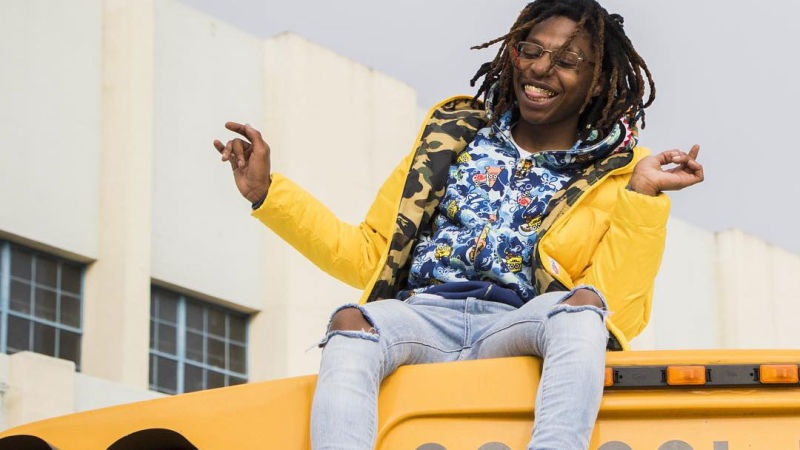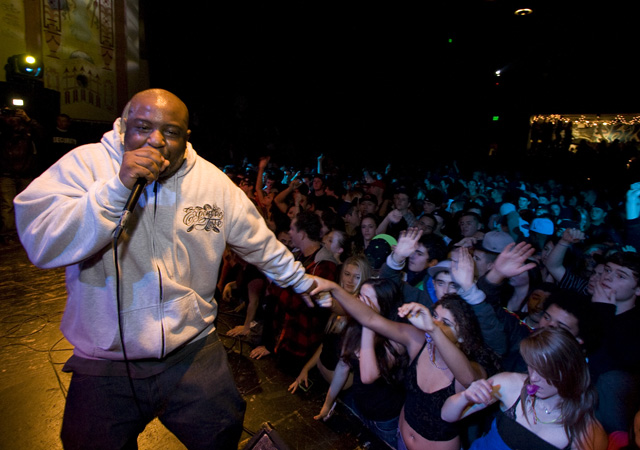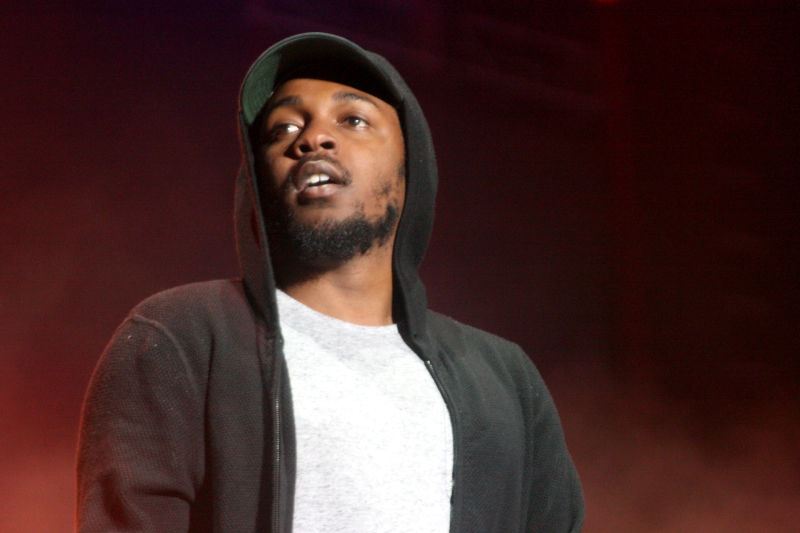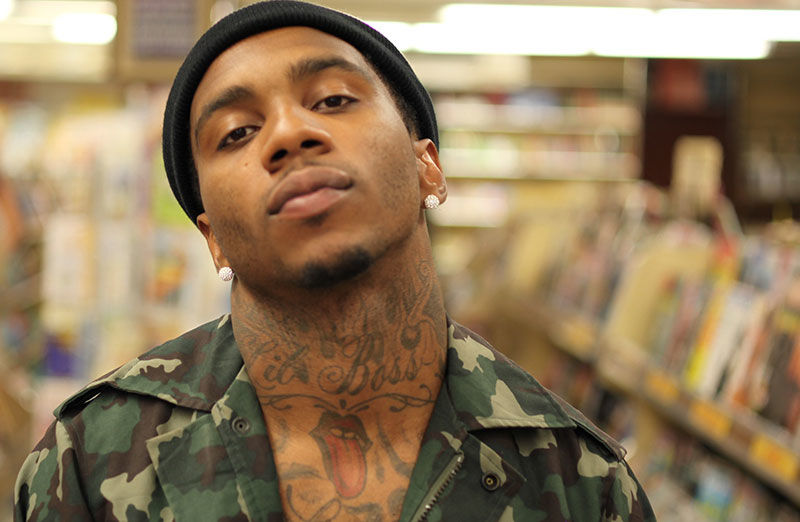As block-length corrugated structures in West Oakland go, American Steel warehouse feels too legitimately industrial to host any officially ordained event. And yet this past November, hundreds of people stalked through an unlit alley and into the cavernous space for Feels IV, the latest installment of culture blog Wine & Bowties’ recurring hip-hop and art event — in essence, an underground party masquerading as a mini-music festival.
Inside, photographers shot stylish urbanites staring at pictures of stylish urbanites on the walls. Rappers such as Antwon and Iamsu! stood on stage in front of images of themselves on stage—projected ad infinitum, as if caught between two mirrors. All of the frenzied, compulsive production of images, rather than smacking of the zeitgeist’s so-called millennial vapidity, reflected Bay Area hip-hop’s urgent need to document itself. If the past is any indication, outsiders probably won’t. Or if they do, they’ll get it wrong.
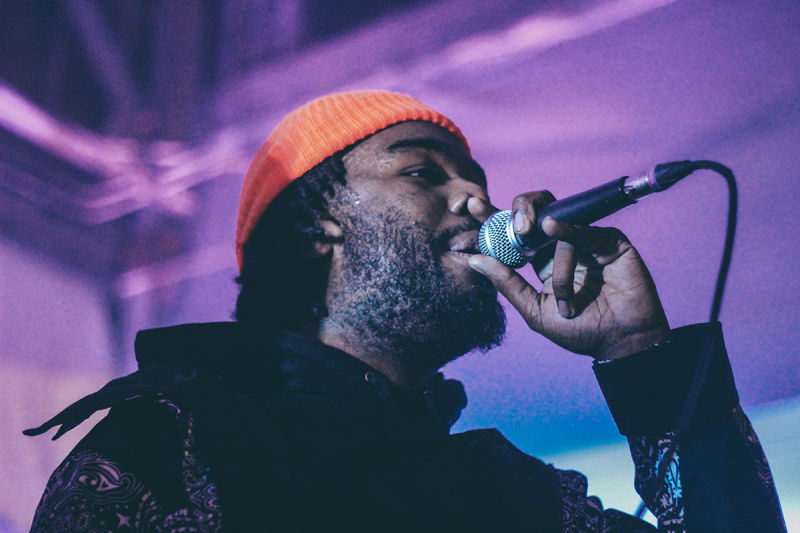
In the event that national critics wished to approximate the current iteration of a local sound in 2015, they most often settled for “post-hyphy.” To say the least, the category’s usefulness is limited, based as it is on events from a decade ago. Traxamillion’s definitive mid-aughts production — slinky percussion, aqueous keys, and negative space — does endure, most prominently and rewarding in the work of HBK Gang fixture P-Lo. (His Moovie! collaboration with Kool John affirms P-Lo as a peerless, svelte local producer deserving of more distinctive rappers to work with.) But “post-hyphy,” beyond reflecting hesitance to relinquish buzz of the distant past, is exclusive and reductive; in truth, a survey of the best rap released by local artists in 2015 reveals little stylistic unity. And if the consensus of regional sound is eroding, that’s just fine; the rubble yields gems.
Indeed, the year’s reigning song was in part an homage to the golden era of Southern label Cash Money. “Big Tymin’,” released with a video late last year and in constant ascendance throughout 2015, crystallizes the creakily indelible flow of Nef the Pharaoh, a Vallejo emcee not yet 21 years old. There’s some precedent in his earlier catalog — the clever kiss-off to teachers in “Old School Hyphy,” the Mac Dre tribute “M.A.C,” and confident gait in “Bitch, I’m From Vallejo” — but “Big Tymin’” warrants Nef’s privileged position as a protégé of E-40, if not the heir to Mac Dre. At Thizzler Jam — a first-time festival thrown in downtown Oakland by Thizzler on the Roof, the foremost online source of local rap — Nef concluded his headlining set with “Big Tymin’,” by that point a KMEL staple. Then he played it again.
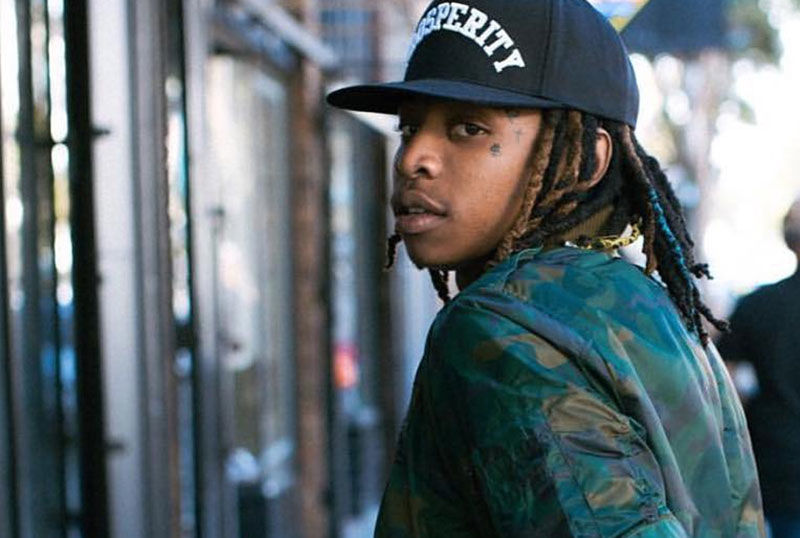
Other local artists in 2015 excelled when they pilfered: Larry June luxuriated in the skeletal trap beats and zany ad-libs associated with Atlanta on his goofily menacing #GoodJobLarry. Meanwhile, Jay Stone alternately evoked MF Doom’s leaden murk and quotidian scenery atop Monster Rally’s effervescent loops on Foreign Pedestrians. And on 808s & Dark Grapes III, Main Attrakionz’s mesh-like, diffuse production proved substantial even in a post-vaporwave climate, especially coupled with the seemingly incongruous, chittering flow of affiliated emcees such as Shady Blaze.
